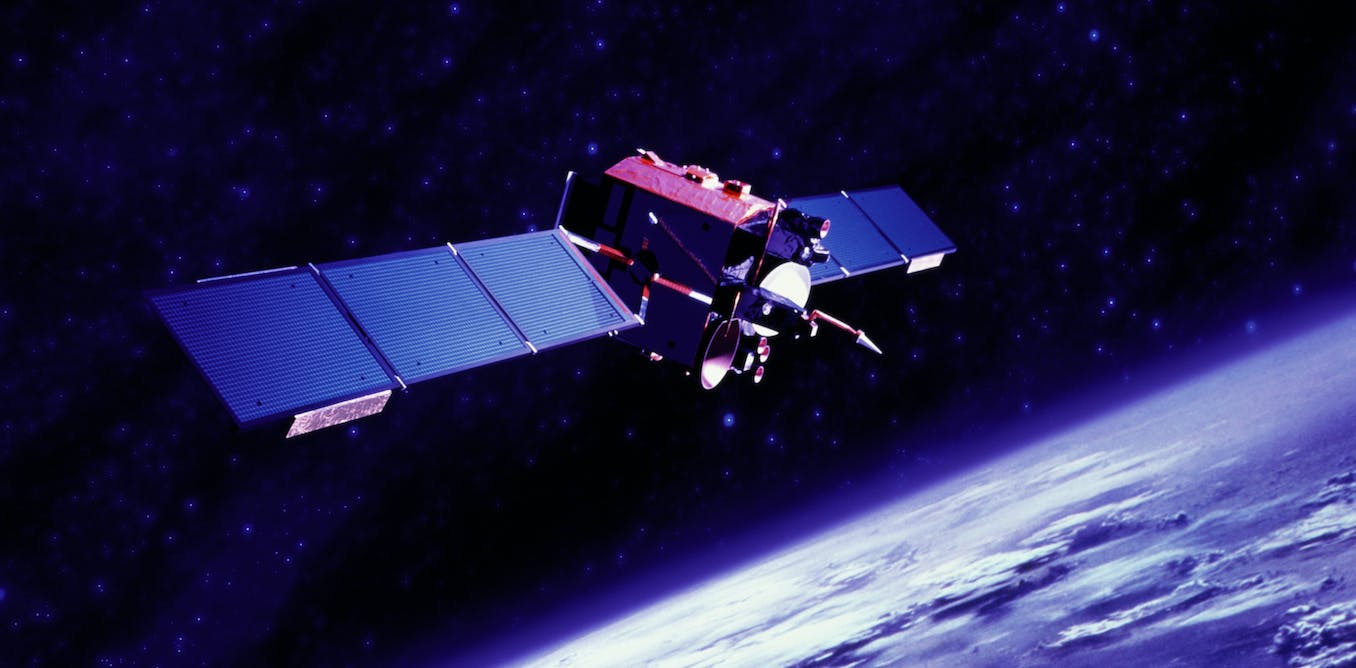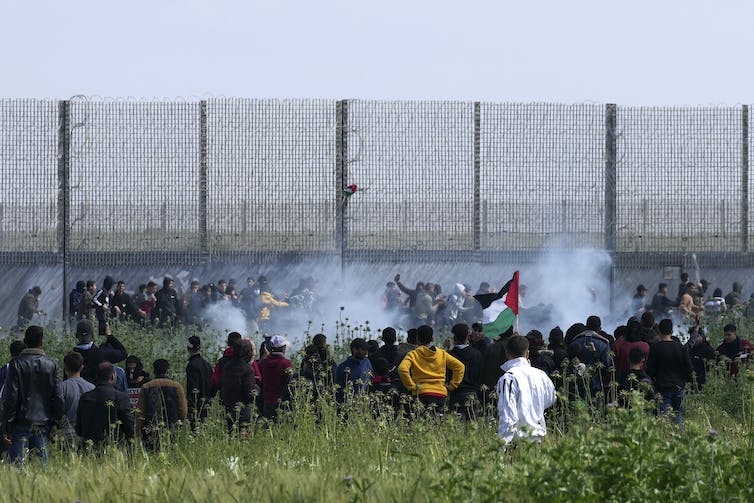Ever since the USSR surprised the United States with the Oct. 4, 1957, launch of the world’s first artificial satellite – Sputnik 1 – U.S. politicians and other public figures have used the term “sputnik moment” to describe times of crisis, where some sort of action is urgently needed in the realm of education.
From the publication of the landmark A Nation at Risk report on education in 1983 to the polarizing election of Donald Trump, one moment after another has been compared to the sputnik episode.
As a professor who studies the rhetoric of education reform, I know that what politicians and others call sputnik moments do not always live up to that name. Often, sputnik gets invoked to try and create a rhetorical situation, or the impression that an important event has occurred that the public needs to talk about. Some sputnik moments spark enduring public debates, while others are easily forgotten.
American education called into question
Upon learning of sputnik, many Americans wondered how the USSR beat the U.S. into space.
One popular theory blamed K-12 schools for focusing too much on extracurricular activities, like school plays, whereas students in Russia were studying foreign languages and advanced mathematics.
In the spring of 1958, Life magazine ran a series of articles entitled: “Crisis in Education.” One Life article compared the rigor of U.S. education unfavorably with that of the Soviets. It claimed that Soviet students were grade levels ahead in science. Another Life article referred to American education as a “carnival.”
President Dwight Eisenhower read the Life articles and began advocating for what would become the National Defense Education Act of 1958. It was a first-of-its-kind intervention in education policy and funding. The legislation was designed to close the supposed educational gap between the U.S. and the USSR.
Ever since, pivotal events for education in the U.S. have been called sputnik moments. Here are three examples that all involved American presidents.
Reagan and a flailing education system
In 1983, the National Commission on Excellence in Education published A Nation at Risk. The report warned of a “rising tide of mediocrity” in education, and compared it to an “act of war.” The language prompted President Ronald Reagan to reflect during a 1983 speech at Pioneer High School in Whittier, California: “The last time education was the focus of such intense public debate was during the 1950’s. This Nation then was shaken when the Soviets launched their Sputnik. We responded by making math, science, and engineering education a priority.”
Reagan cited NASA’s space shuttle program as evidence that the nation had succeeded. But he also said the commission’s report showed a need for the nation to “take a hard look at our educational system and tell us where we’d gone wrong.”
“Now it’s up to us to respond as positively as we did in the 1950’s,” Reagan said.
A Nation at Risk was about lagging test scores, not one dramatic event. But like sputnik, it spurred decades of discussion about the rigor of public education in the U.S.
Obama on competition with China
In his 2011 State of the Union address, President Barack Obama called the rise of the Chinese economy and the aftermath of the 2007-08 mortgage crisis “our generation’s Sputnik moment.” To meet the moment, he proposed an Advanced Research Projects Agency for education, which was to be like the one the U.S. maintains for defense.
Obama needed to sell his proposal to the nation and to the House of Representatives, which the Republicans had taken control of in the 2010 midterm elections. Unlike Reagan’s description of “a nation at risk,” Obama’s use of the term “Sputnik moment” did not result in a lasting public discussion. It also did not result in the creation of an Advanced Research Projects Agency for education.
Donald Trump’s election
In 2016, author Richard Kahlenberg and educator Clifford Janey declared that the rise of Donald Trump “should be a Sputnik moment for civics education.” Among other things, they argued that public schools were failing to prepare young people to be “reflective citizens” who would “resist the appeals of demagogues.” They also wrote that the 2016 election should spur schools to “instill in children an appreciation for civic values” and not just skills to get jobs.
Sure enough, Trump’s election did revitalize the national discussion of civic education. Since 2016, a series of prominent reports have taken on the subject. Those reports include the Educating for American Democracy report by iCivics, the Educating for Civic Reasoning and Discourse report by the National Academy of Education, and Teaching Hard History by the Southern Poverty Law Center.
There was also the Civic Learning for a Democracy in Crisis by the Hastings Center. Even the Trump administration joined in the conversation with its 1776 report, which called for a patriotic form of civic education.
Why do we have sputnik moments?
Sputnik moments can be spontaneous or constructed through rhetoric after the fact, or they can fall somewhere in between. Even the original moment was not an open-and-shut case.
At first, President Eisenhower tried to downplay sputnik, calling it “one small ball in the air.” But for critics of the standard U.S. education during the 1950s, such as Arthur Bestor or Adm. Hyman Rickover, sputnik was an opportunity to refocus U.S. schools on rigorous academic instruction.
In the late 1950s, critics of American education made the most of their moment by demanding a greater emphasis on math, science and language. The National Defense Education Act delivered just that. Because they capitalized on their moment, policymakers and education reformers have continued to be vigilant for more moments like sputnik ever since.




